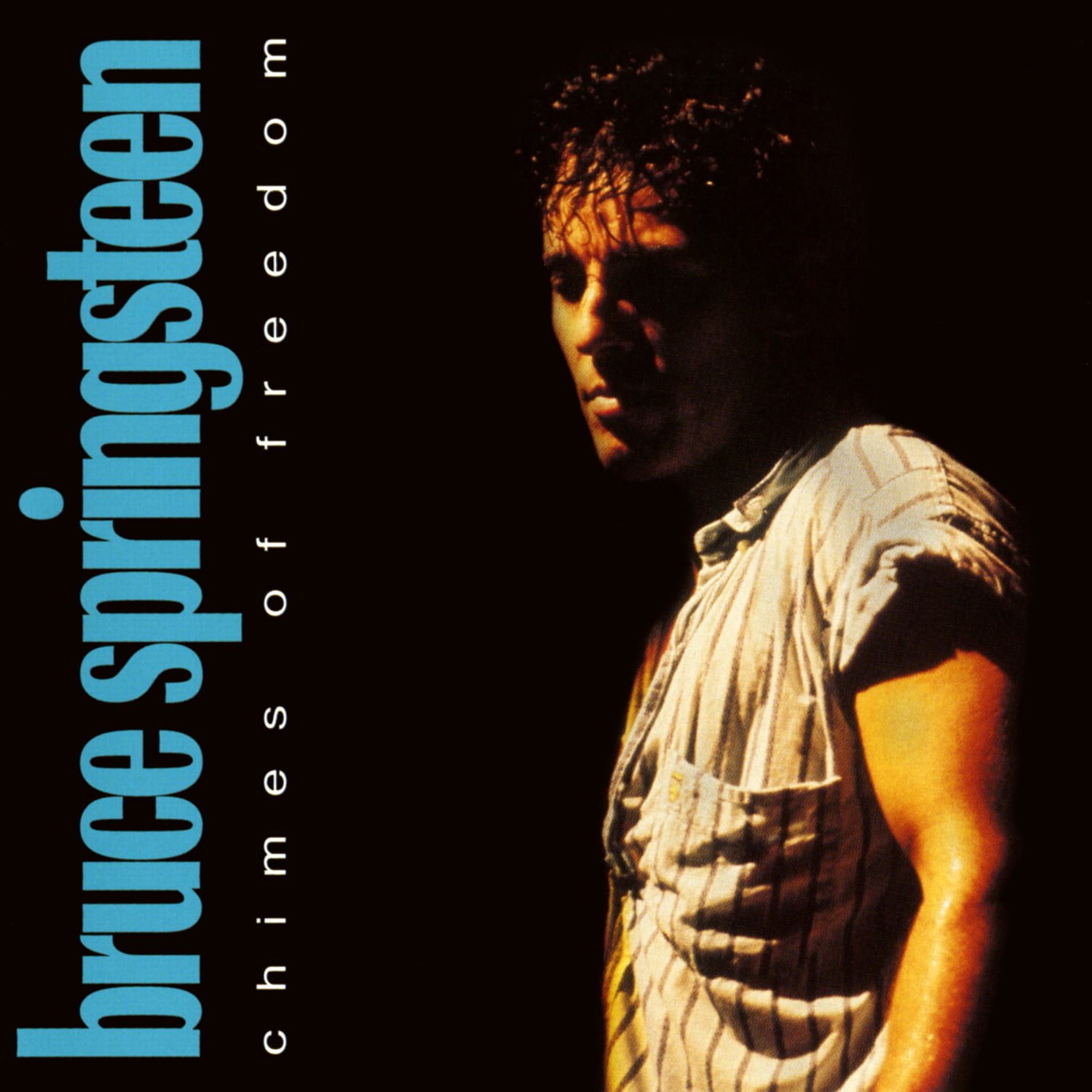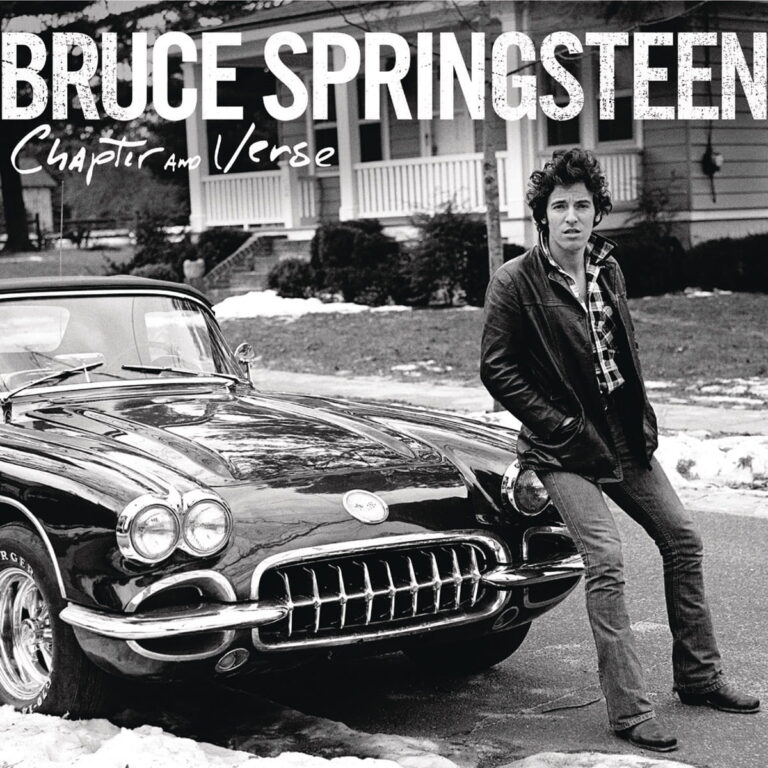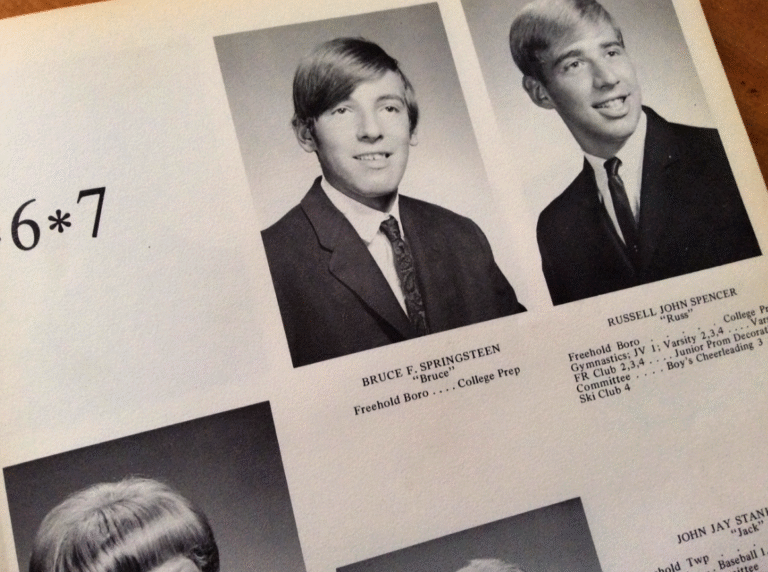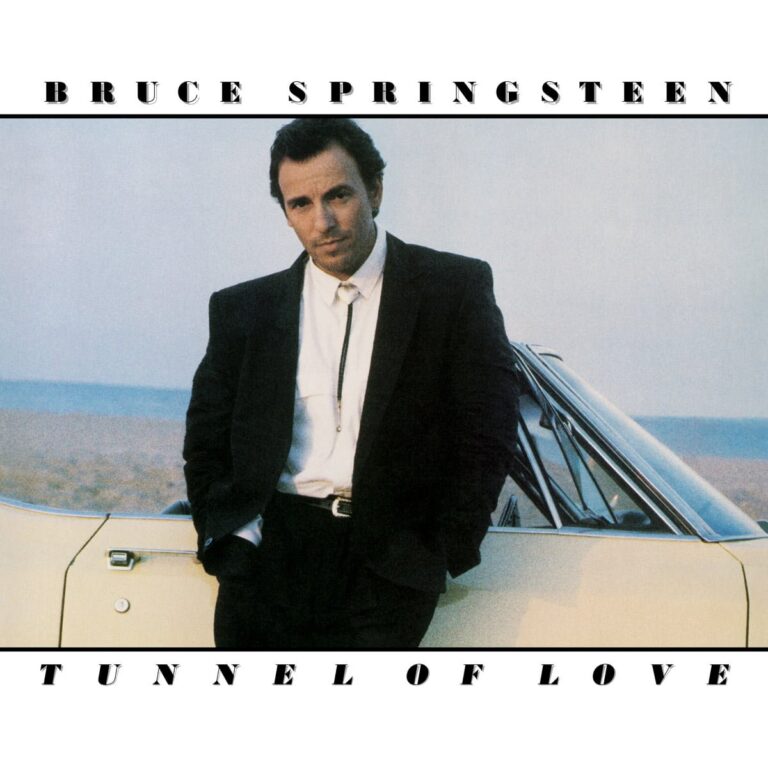Chimes of Freedom (1988)
In the summer of 1988, Bruce Springsteen released a short but powerful EP titled Chimes of Freedom, a work that captured not only the spirit of an internationally conscious tour but also a transitional moment in his artistic career. With just four tracks, the EP became a political, artistic, and emotional statement.
An EP Born from a Cause
Chimes of Freedom was recorded live during the Human Rights Now! tour, organized by Amnesty International, which brought together artists like Springsteen, Sting, Peter Gabriel, Tracy Chapman, and Youssou N’Dour. Together, they toured the world promoting human rights. The EP was released on August 1, 1988, with all proceeds going to support Amnesty’s mission.
This record was not just an extension of the tour, but a way to amplify its message: music as a tool for awareness, hope, and protest.

The Tracks
The EP features four live songs recorded at different concerts, each carrying emotional and political weight:
- “Tougher Than the Rest” (live in Los Angeles, April 27, 1988)
A raw, more mature take on the studio version from Tunnel of Love (1987), this live rendition showcases a more vulnerable vocal performance. Here, Springsteen explores the endurance of true love in the face of life’s trials. - “Be True” (live in Detroit, March 28, 1988)
Originally released as a B-side to “Fade Away,” this hidden gem gets a vibrant live makeover. “Be True” delivers an open-hearted message about honesty in relationships and the struggle for personal authenticity. - “Chimes of Freedom” (live in Stockholm, July 3, 1988)
The heart of the EP. This powerful cover of Bob Dylan’s 1964 classic becomes a modern anthem for the oppressed and those fighting for justice. Springsteen’s passionate delivery, with his deep and gritty voice, updates the original message for a new generation. - “Born to Run” (acoustic version, live in New York, 1988)
A minimalist and emotional reinterpretation of Springsteen’s most iconic anthem. Performed solo with guitar and harmonica, he transforms the youthful urgency of the original into something intimate and almost confessional.
A Turning Point for the Boss
Chimes of Freedom also marked a turning point in Springsteen’s career. His sound was moving away from the grandiosity of the E Street Band toward a more introspective and stripped-down expression, foreshadowing the temporary split from the band. On a personal and artistic level, the EP reflects a more socially aware Springsteen, willing to use his influence for more than just entertainment.
Reception and Legacy
Though not a commercial blockbuster, Chimes of Freedom was well received by critics. It was praised for its emotional depth, social commitment, and ability to connect the protest spirit of the 1960s (Dylan, civil rights) with the context of the 1980s. The EP remains a fan favorite and a vivid testament to music’s power as an agent of change.
Conclusion
Chimes of Freedom isn’t just an EP. It’s a sonic postcard from an artist who, in full maturity, decides to look beyond the stage and raise his voice for others. Bruce Springsteen, true to his legacy, reminds us that freedom is not just an ideal — it’s a constant struggle worth singing about.
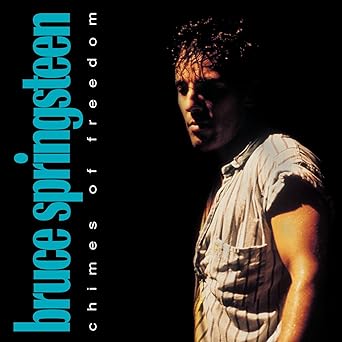
Click on the image to buy
Access the Complete Discography of Bruce Springsteen in the following link of Bruce Springsteen Radio: https://brucetheboss.com/tag/discography/

